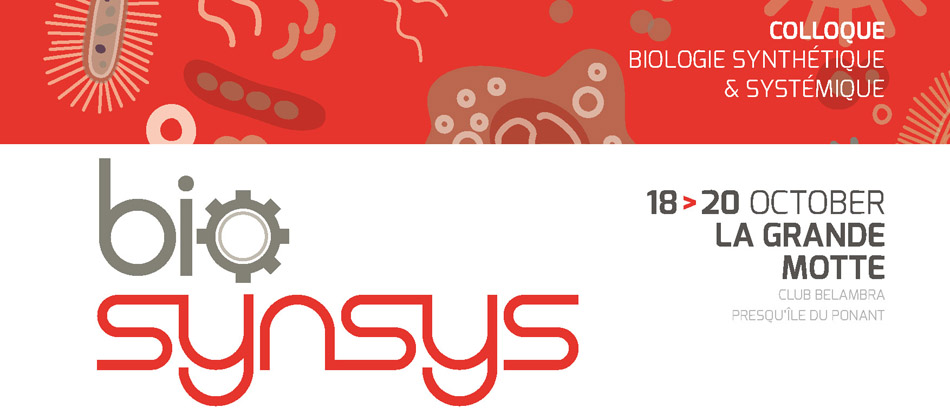L-asparaginase (L-ASNase) in an enzyme which catalyzes the hydrolysis of L-asparagine (L-Asn) to L-aspartic acid (L-Asp) and ammonia. E. coli L-ASNase is used in the treatment of acute lymphoblastic leukemia but induce strong immune responses [1]. However, three asparaginases are produced by the human genome and could be used as alternative therapeutic candidates with minimum immuno-response. One strategy is to improve the human asparaginase 3 (~ 2000 times less active) using directed evolution. The human asparaginase 3 belonging to the Ntn-family hydrolase requires an intramolecular cleavage to become active [2]. This proteolysis is promoted by glycine and occurs between residues G167 and T168 resulting in two subunits α and β [3]. In this study, we developed a protocol permitting to promote autoproteolysis directly in bacterial culture. An expression system (APEx4b) has been implemented permitting to display the hASNase3 in the periplasm of bacteria. In order to detect asparaginase activity, we used a three-step coupled enzyme assay using the natural substrate of the enzyme, L-asparagine [4]. In this enzymatic cascade, L-asparaginase catalyzes the hydrolysis of L-asparagine into aspartate and ammonia. Then aspartate is oxidized by aspartate oxidase and flavin adenine dinucleotide into oxaloacetate and hydrogen peroxide. This hydrogen peroxide is finally used by horseradish peroxidase to oxidize Amplex Ultra Red into fluorescent resorufin. We successfully promoted the self-cleavage of hASNase3 localized in the periplasm using a high glycine concentration within the culture media. Currently, we plan on enhancing the catalytic activity of hASNase3 by directed evolution. Finally, the libraries obtained will be submitted to high throughput screening and sorted using the microfluidic platform developed in our team. Droplet-based microfluidic technology consists in controlling monodisperse water in oil (w/o) droplets at the single droplet level [5]. It can be used for single cell analysis and sorting and allows HTS of librairies [6,7].
References
[1] M. Strullu et al., Leuk Lymphoma. 51(8), 1464 (2010)
[2] K. Michalska et al., J Biol Chem. 283, 13388 (2008)
[3] Y. Su et al., Chem. Biol. 20, 533 (2013)
[4] C. Karamitros et al., Anal. Biochem, 445, 20 (2014).
[5] R. Seemann et al., Rep. Prog. Phys, 75, 016601 (2011)
[6] J-C. Baret et al., Lab on a Chip, 9, 1850 (2009).
[7] J.J. Agresti et al., Proc. Natl. Acad. Sci. USA, 107, 4404 (2010).

 PDF version
PDF version
